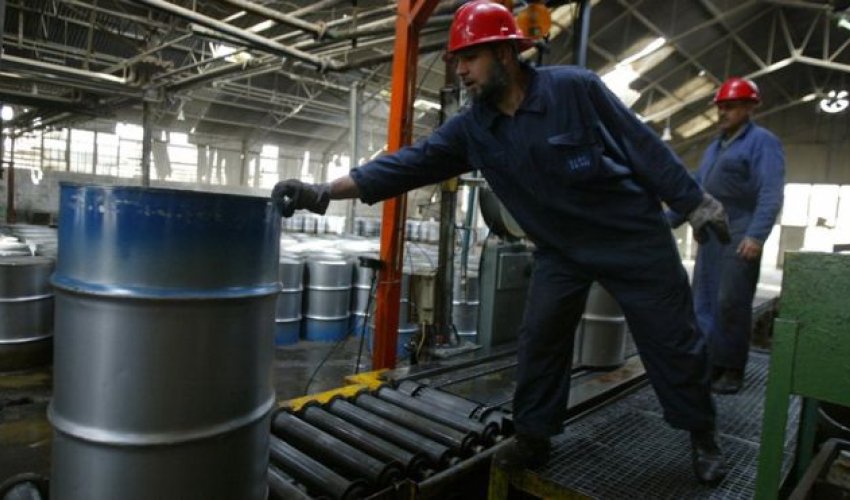Crude oil falls further, to fresh multiyear lows

Crude prices plunged to fresh multiyear lows in early Asia trade Thursday as rising volatility in the Chinese stock market and further weakness in the Chinese yuan triggered concerns crude demand will be more depressed amid a growing global surplus.
On the New York Mercantile Exchange, light, sweet crude futures for delivery in February traded at $33.18 a barrel at 0300 GMT, down $0.79 in the Globex electronic session. February Brent crude on London’s ICE Futures exchange fell $0.83 to $33.40 a barrel. At one point, Brent fell as low as $33.09 a barrel, the lowest intraday level since June 2004.
"This is likely a spillover effect from the sharp declines in the Chinese stock market. The market fears with Chinese economy slowing down, China’s crude demand will drop as well,” said Daniel Ang, a Phillip Futures energy analyst.
Trade in the Chinese stock market was halted for the day within the opening hour after the CSI-300 Index, a blue-chip stock index, plunged 7%.
China is the second-largest consumer of crude in the world. In the past year, China’s demand has held up as the government and the local refiners took advantage of cheap oil prices. However, some analysts say the uptrend in China demand growth could taper as Chinese manufacturing activity falters.
Caixin Media Co. said Monday its China manufacturing purchasing managers’ was at 48.2 last month, down from 48.6 in November. This is the 10th straight month of a below-50 reading for the index. A reading below 50 indicates a contraction in manufacturing activity.
Risk aversion has also been rising after the Chinese government allowed the yuan to fall at a faster pace than expected, sending a signal to traders that China’s economic health was deteriorating, said Gordon Kwan, the regional head of oil and gas at Nomura.
For over a year, global oil prices have been encumbered by unrelenting oversupply as major oil producers have refused to curtail output for the sake of market share. The ongoing tension between Saudi Arabia and Iran, both members of the Organization of the Petroleum Exporting Countries, is also fueling fears that a concerted effort to cut production within the cartel is even more unlikely.
Moreover, despite the 5.1 million-barrel decline in U.S. crude stockpiles last week, U.S. production stayed above 9 million-barrels a day. While production has decreased in recent months, it is still higher compared with the previous year.
"Global prices will continue their bottoming process during first half of this year, as threats of more Iranian crude and further Fed rate hikes should snuff out any geopolitical prices spikes,” said Mr. Kwan.
Nymex reformulated gasoline blendstock for February--the benchmark gasoline contract--fell 171 points to $1.1447 a gallon, while February diesel traded at $1.0717, 89.99999 points lower.
ICE gasoil for January changed hands at $309.50 a metric ton, down $5.25 from Wednesday’s settlement.
(WSJ)
www.ann.az
Similar news
Similar news




































 Photo
Photo 



 Video
Video 

